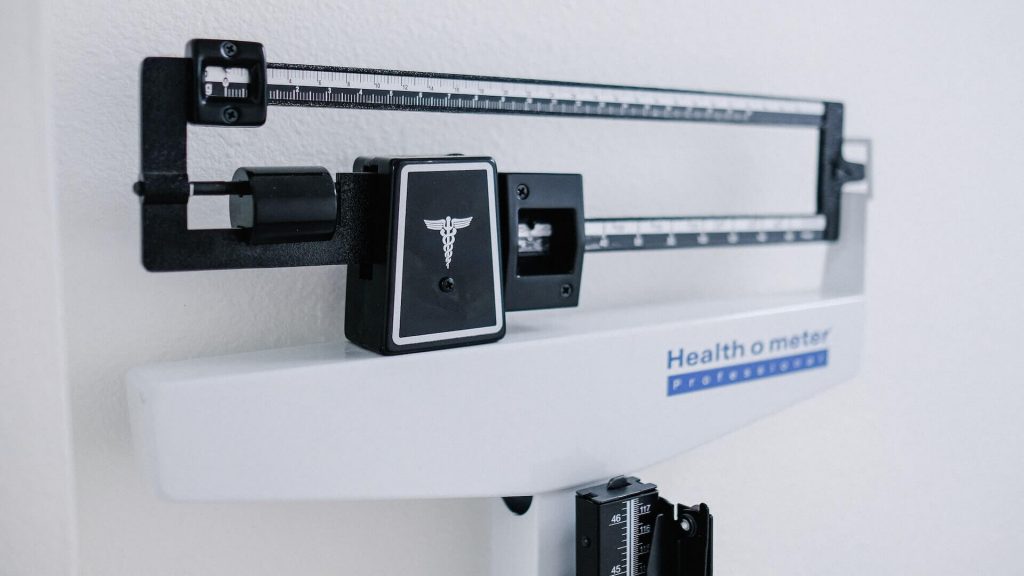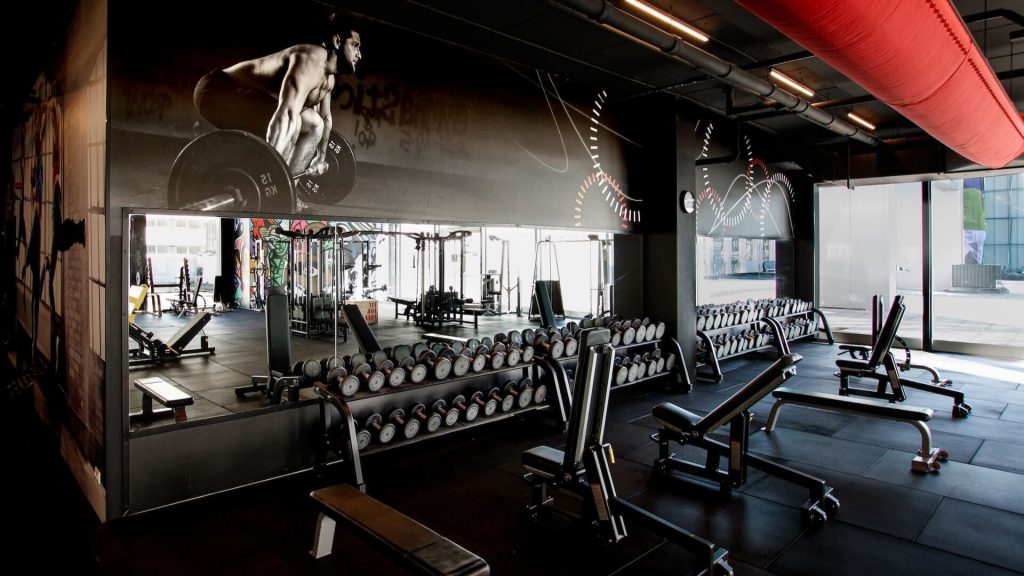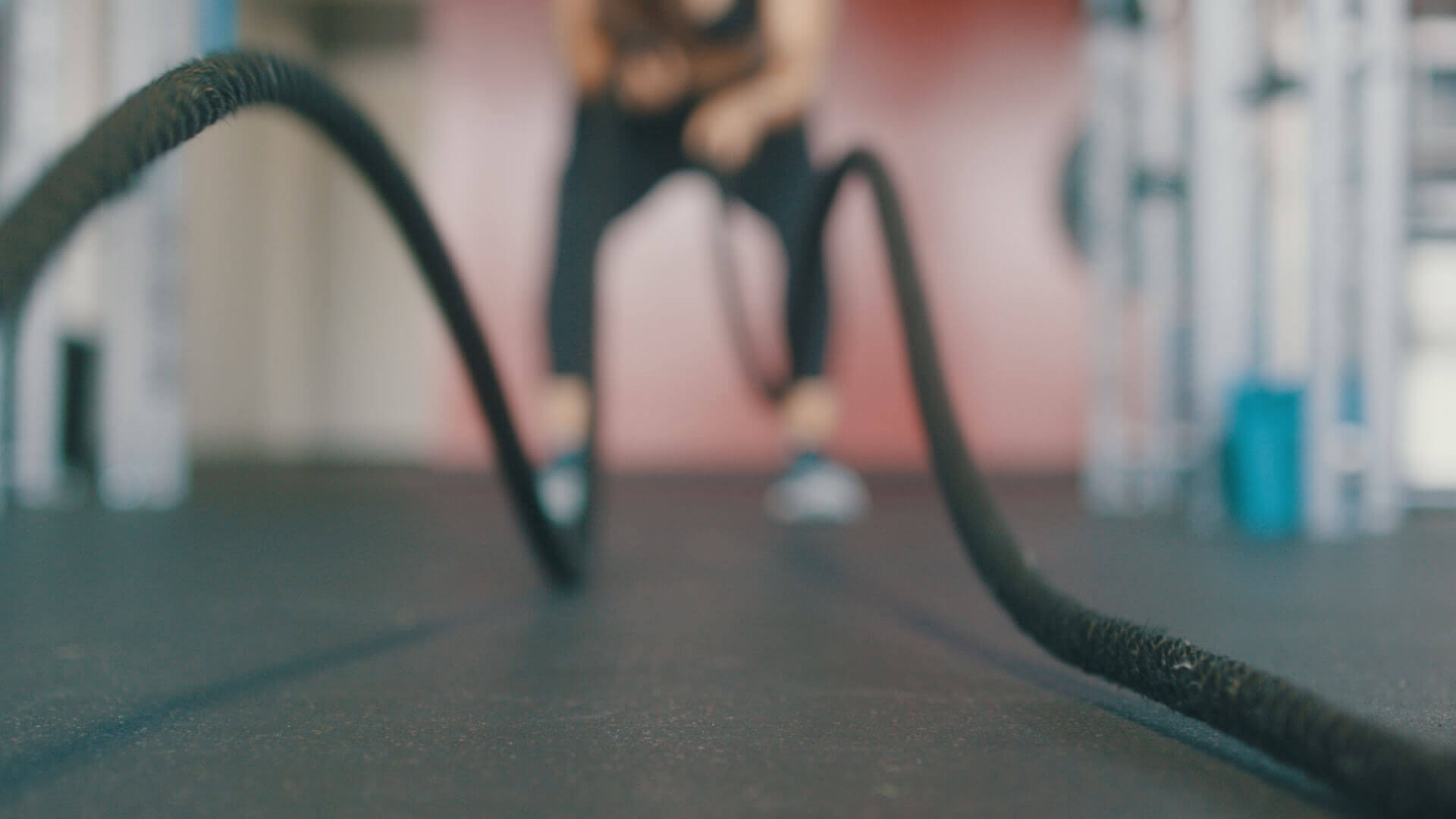Navigating the realm of fitness can be like traversing a labyrinth of information, where gym myths and misconceptions lurk around every corner. These myths can often steer us in the wrong direction on our quest for a healthier lifestyle. In this comprehensive guide, we’re embarking on a myth-busting journey to shed light on the most prevalent gym myths and misconceptions. So, if you’re eager to uncover the truths that lie beneath the surface, let’s unravel these fitness fallacies one by one.
The Myth of Spot Reduction

One of the most enduring gym myths is the belief in spot reduction. Many individuals mistakenly assume they can torch fat in specific trouble spots through targeted exercises. Whether it’s endless crunches for a flat belly or tricep dips for slim arms, this notion prevails. But, it’s time to unveil the truth.
Spot reduction is nothing more than a myth. When you work a specific muscle group, you’re indeed strengthening and toning that area, but fat loss doesn’t work that way. Fat is shed uniformly throughout your body. To tackle fat in a particular zone, you need a combination of cardiovascular exercises, a balanced diet, and overall fat loss. Remember, you can’t command your body to lose fat from one spot alone.
The No-Pain, No-Gain Fallacy

The phrase “No Pain, No Gain” has been etched into the minds of many fitness enthusiasts, often pushing them to the brink of exhaustion and injury in pursuit of their fitness goals. However, this mantra is misleading and can be detrimental.
The reality is that pain should not be your measure of progress in fitness. Discomfort during exercise is normal, especially when pushing your boundaries, but severe pain is a warning sign. Overexerting yourself can lead to injuries, which can set you back significantly. Instead of chasing pain, focus on gradual progression, consistency, and paying heed to your body’s signals.
Women and Weightlifting: The Bulking Myth

One of the most enduring gym myths that discourages many women from embracing weightlifting is the fear of bulking up. There’s a misconception that lifting heavy weights will transform women into hulking, muscle-bound figures. However, this couldn’t be farther from the truth.
Women have significantly lower testosterone levels than men, making it exceptionally challenging for them to achieve the level of muscle mass seen in male bodybuilders. Instead, weightlifting empowers women to sculpt and define their muscles, resulting in a toned and lean physique. It’s a potent tool for elevating metabolism and achieving a balanced, healthy body composition.
The Cardio Conundrum

Cardiovascular exercise is often lauded as the ultimate calorie burner, and while it’s effective at burning calories, it’s not the sole path to weight loss and overall fitness. Relying solely on cardio is one of the gym myths that can hinder your fitness progress.
To attain sustainable weight loss and overall fitness, you need a combination of cardio and strength training. Strength training helps build lean muscle mass, elevating your basal metabolic rate (BMR) and resulting in more calories burned even at rest. So, don’t overlook weightlifting if your aim is to shed those pounds and attain a sculpted physique.
The Scale’s Limited Perspective

Stepping onto the scale is a ritual for many embarking on their fitness journey. Nevertheless, the number on the scale can be deceptive and demoralizing, perpetuating one of the most detrimental gym myths – that weight is the sole gauge of progress.
In truth, your weight can fluctuate for various reasons, including water retention, muscle gain, and hormonal fluctuations. A more comprehensive approach to tracking progress includes considering multiple metrics such as body measurements, how your clothing fits, and your overall energy levels. These factors provide a more accurate portrayal of your fitness journey than a solitary number on a scale.
Recovery and Overtraining

The belief that more time spent at the gym equates to superior results is another gym myth that needs dispelling. Overtraining is a real risk when you push yourself too hard and neglect the importance of adequate recovery.
Rest and recovery are vital for muscle repair and growth. Depriving yourself of proper rest can lead to burnout and potential injuries. It’s essential to incorporate rest days into your workout routine to grant your body the opportunity to recuperate and emerge stronger.
Supplements Are Not a Shortcut

In the quest for rapid results, many turn to supplements, believing them to be a shortcut to fitness success. While some supplements can be beneficial when used judiciously, they are not a substitute for a well-rounded diet.
Supplements should complement your diet, not replace whole foods. Protein supplements, for instance, can serve as a convenient post-workout recovery option, but real food sources of protein should remain the cornerstone of your nutrition. Prior to incorporating supplements into your regimen, it’s advisable to consult with a healthcare professional or nutritionist to ensure they align with your goals and requirements.
Sweat and Fat Loss

The idea that profuse sweating during a workout signifies burning fat is yet another gym myth that needs debunking. Sweating is your body’s mechanism for regulating temperature and cooling down; it’s not an indicator of fat loss.
While you may shed weight through sweating, it’s predominantly water weight that you’ll promptly regain through hydration. Genuine fat loss occurs through sustained calorie reduction and adherence to a balanced diet.
The Myth of the Ideal Workout Frequency

There isn’t a one-size-fits-all answer regarding how often you should work out. The gym myth suggesting daily workouts yield optimal results is misleading and unsustainable.
The frequency of your workouts should be tailored to your fitness level, objectives, and schedule. Striking a balance between exercise and rest is crucial. Overcommitting to daily workouts can lead to fatigue and diminished enthusiasm for exercise. Tune in to your body and discover a workout routine that suits your unique needs while permitting ample recovery time.
The Importance of Form and Technique

Last but not least, a critical myth we must address is the notion that lifting heavier weights or doing more repetitions is always better. While challenging yourself is essential for progress, it should never come at the expense of proper form and technique.
Improper form can lead to injuries and hinder your fitness journey. It’s crucial to prioritize correct form and technique over lifting heavier weights or performing excessive repetitions. A controlled, mindful approach to exercise will yield more significant long-term gains.
Conclusion
As we draw the curtain on our exploration of fitness myths and misconceptions, it’s evident that arming yourself with accurate information is paramount to achieving your fitness goals safely and effectively. Spot reduction is a myth, and the “No Pain, No Gain” mantra can lead to injury. Women can wholeheartedly embrace weightlifting without fearing excessive bulk. Cardio should be complemented by strength training for holistic results, and the scale is just one tool in the toolkit for tracking progress. Supplements should serve as companions, not replacements for whole foods, and sweating doesn’t equate to fat loss. Moreover, the ideal workout frequency varies from person to person, and proper form and technique are non-negotiable.
By dispelling these gym myths and adopting a science-based approach to fitness, you can embark on a journey toward lasting health, strength, and well-being. Lace-up those sneakers, stay consistent, and remember that knowledge is your most potent weapon in the gym. As you embrace the truth and leave the myths behind, your path to fitness will be clearer, safer, and more rewarding than ever before.


Be First to Comment